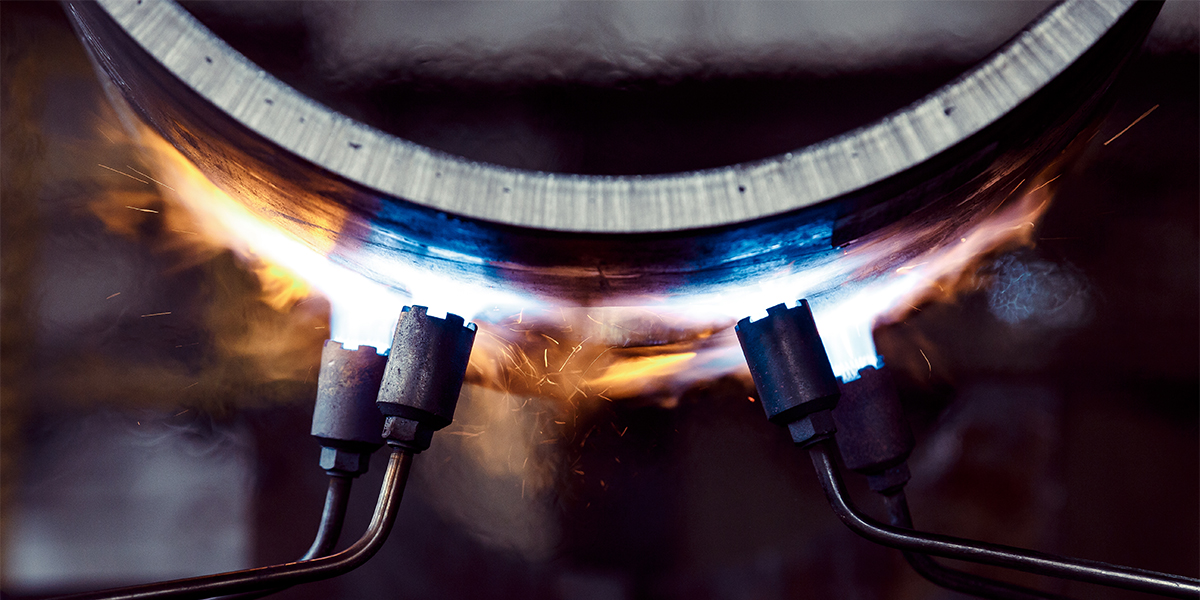In the realm of modern manufacturing, 3D printing has revolutionized how we create complex and intricate designs. However, while additive manufacturing offers unparalleled freedom, it often leaves 3D-printed parts with residual stresses and imperfections. This is where the magic of heat treating steps in – a process that can transform these parts into robust and high-performance components.
Understanding Heat Treating for 3D Printed Parts
Heat treating, a well-established technique in metallurgy, involves carefully controlled heating and cooling cycles to alter the microstructure of materials, ultimately influencing their mechanical properties. When it comes to 3D printed parts, heat treating offers an opportunity to refine and optimize their characteristics, turning them from raw prototypes into functional, reliable pieces.
The Challenges of 3D Printing
While 3D printing enables unprecedented geometries and intricate designs, it also introduces challenges. The rapid heating and cooling cycles involved in layer-by-layer additive manufacturing can create residual stresses and inconsistencies in the microstructure. These imperfections can lead to reduced mechanical properties and dimensional inaccuracies.
Heat Treating Unlocks Potential
Heat treating addresses these challenges by leveraging carefully designed thermal profiles. The process involves subjecting the 3D-printed part to specific temperatures and durations, followed by controlled cooling. This controlled treatment allows the part to undergo structural transformations, relieving stresses and enhancing its overall properties.
Key Benefits of Heat Treating 3D Printed Parts
- Stress Relief: One of the primary benefits of heat treatment is stress relief. The controlled heating and cooling cycles help to reduce internal stresses caused during the 3D printing process. This prevents warping, distortion, and cracking, which can compromise the integrity of the part.
- Improved Mechanical Properties: Heat treating enhances the mechanical properties of 3D printed parts. This includes increasing hardness, strength, and fatigue resistance. The controlled microstructural changes optimize the part’s performance under various loads and conditions.
- Dimensional Stability: Heat treating minimizes dimensional variations in 3D printed parts. By alleviating residual stresses, the part retains its intended dimensions, ensuring a precise fit within assemblies and reducing the need for extensive post-processing.
- Material Customization: Different materials and alloys respond uniquely to heat treatment. By tailoring the treatment parameters, engineers can customize the mechanical properties of the final part to meet specific requirements.
Applications of Heat Treated 3D Printed Parts
The applications of heat-treated 3D printed parts span various industries:
- Aerospace: Heat-treated parts find their place in critical aerospace components, where strength, reliability, and precision are paramount.
- Medical: Surgical instruments, implants, and medical devices benefit from enhanced biocompatibility and strength through heat treatment.
- Automotive: Heat-treated 3D printed components offer weight reduction and improved mechanical performance, contributing to fuel efficiency and safety.
- Engineering: Complex industrial parts, molds, and tooling can be strengthened and made more durable through heat treatment.
Conclusion
As 3D printing continues to shape the future of manufacturing, heat treating emerges as a vital process to elevate the capabilities of 3D printed parts. By mitigating challenges, enhancing mechanical properties, and offering customization, heat treatment paves the way for more reliable and high-performance applications across various industries. Through the combination of cutting-edge technology and time-tested metallurgical expertise, heat treating ensures that the potential of 3D-printed parts is fully realized.
